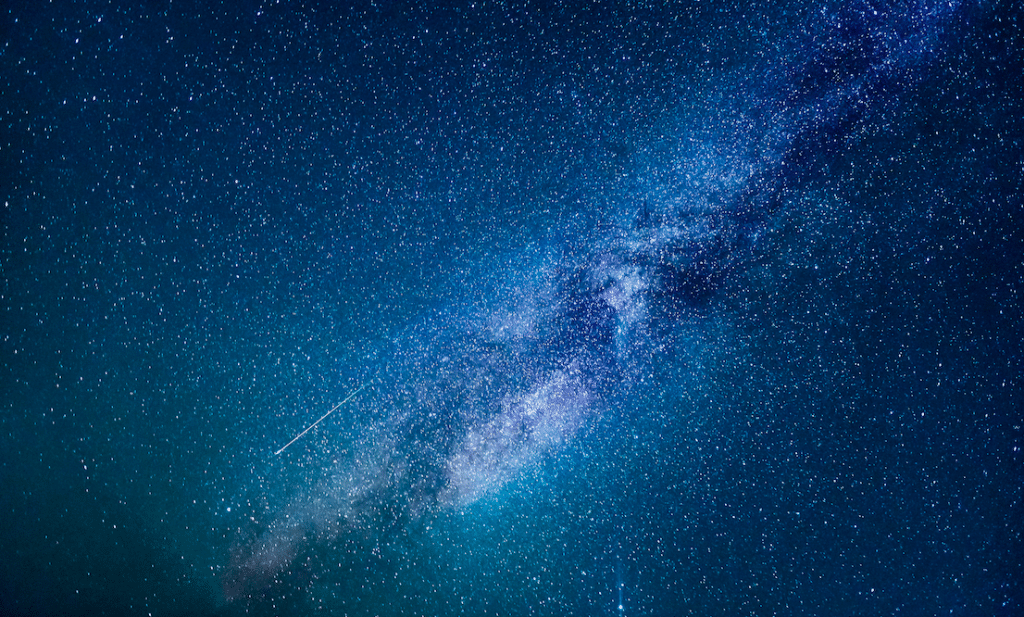
This is a good omen, right?
It’s with a heavy dose of good riddance that we say goodbye to 2020. Now in the last stretch of the year, we’re thinking onward to brighter horizons in 2021. And it’s with spectacular fashion that the heavens are ringing in the year to come. This weekend, keep your eyes peeled on the night sky, where the Quadrantids will be putting on a heavenly meteor shower light show.
Circumstances might of put the kibosh on many New Year’s plans. If you had your heart set on a spectacular fireworks display, space has got you covered: the Quadrantids meteor shower will be lighting up the Northern Hemisphere this weekend, January 2 and 3.
The Quadrantids reportedly create between 50 – 100 meteors per shower but peak in relatively small windows. This weekend, their peak is slated for late night Saturday, January 2, and early dawn hours the following morning.
Here in the Northern Hemisphere, we have a better vantage point of the light show. This is due to the fact that the meteor shower’s radiant point is far north in the sky’s dome. A radiant is the celestial point of origin for the meteors’ paths. That said, viewing the meteor shower is optimal when the radiant point is highest in the sky – in the darkest hours just before dawn.
This year the moon may pose a bit of a nuisance. In a bright waning gibbous shape, its light may interfere with clear visibility of the meteor shower.
The Quadrantid meteor shower gets its name from the Quadrans Muralis, a constellation named by French Astronomer Jerome Lalande over 200 years ago. The Quadrans Muralis was said to appear somewhere in between the Draco the Dragon and Boötes the Herdsman constellations. In 1922, however, the International Astronomical Union held its inaugural General Assembly in Rome, wherein they created a modern list of constellations. The Quadrans Muralis was not on that list, and is now considered obsolete. That said, the meteor shower still bears its namesake.
